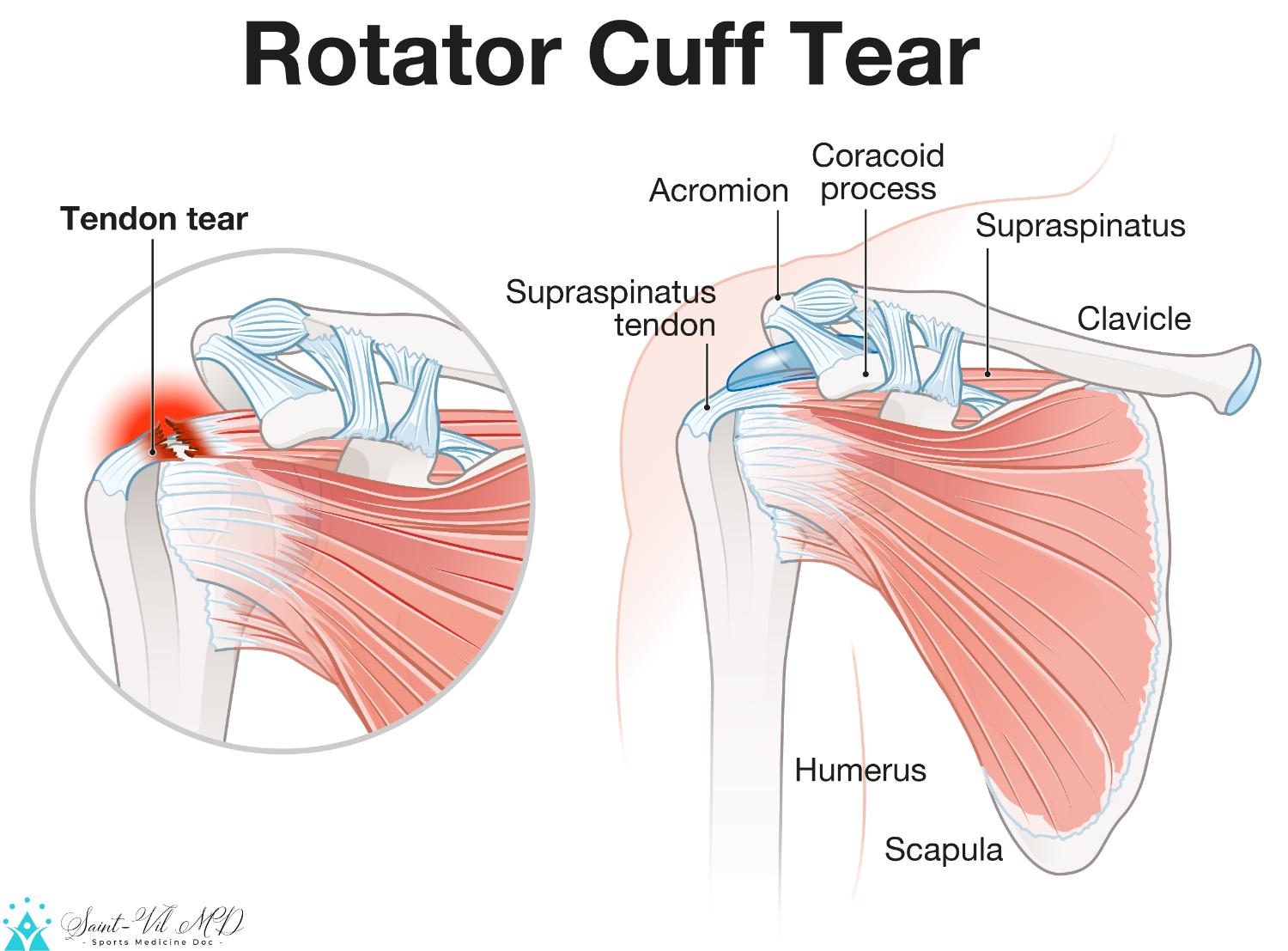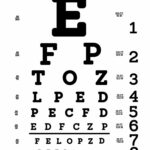Ever wondered what it feels like when the intricate architecture of your shoulder decides to stage a mutiny? What sensations accompany the tearing of the rotator cuff, that constellation of muscles and tendons responsible for the symphony of movements in your arm? Let’s embark on a journey to unravel the subjective experience of this common, yet often enigmatic, ailment.
The Initial Assault: Acute Pain and the Cascade of Inflammation
A rotator cuff tear, in its nascent stages, often announces its presence with a sharp, searing pain. Picture a sudden, localized inferno igniting within the shoulder joint. This initial agony is typically triggered by a specific incident: an awkward lift, a forceful throw, or even a seemingly innocuous overreach. This is acute pain, the body’s immediate alarm system screaming for attention.
The body’s immediate response is a cascade of inflammation. The injured tissues release a deluge of inflammatory mediators—cytokines, prostaglandins, and other microscopic saboteurs—aiming to initiate the healing process. However, this inflammatory response, while essential for repair, also contributes significantly to the pain. The shoulder becomes swollen, tender to the touch, and radiates heat—a visceral testament to the battle raging beneath the skin.
The Silent Saboteur: Dull Ache and the Insidious Creep of Discomfort
Sometimes, the onset is less dramatic. A rotator cuff tear can manifest as a gradual, insidious ache. This is particularly true for chronic tears, those that develop over time due to repetitive strain or degenerative changes. Imagine a persistent, gnawing discomfort that lurks in the background, occasionally flaring up with activity, but never fully subsiding.
This type of pain often presents as a deep-seated ache, felt not just in the shoulder itself, but radiating down the arm, sometimes even extending to the elbow or hand. This phenomenon, known as referred pain, occurs because the nerves supplying the shoulder also innervate other areas of the upper extremity. The brain, struggling to pinpoint the precise source of the pain, interprets it as originating from a wider region.
The Limitation Tango: Restricted Range of Motion and Functional Impairment
Pain is not the only protagonist in the rotator cuff tear narrative. Restricted range of motion is another prominent player. As the tear progresses, the shoulder’s ability to move freely is increasingly compromised. Simple activities, such as reaching for an object on a high shelf, combing your hair, or fastening a bra strap, become arduous tasks, demanding Herculean effort and generating significant pain.
External rotation, the movement of turning the arm outward away from the body, is often the first to be affected. Abduction, lifting the arm away from the side of the body, also becomes challenging. Individuals may find themselves compensating for the shoulder’s limitations by using other muscles, leading to muscle imbalances and further pain. This is where the kinematic chain, the interplay of body segments during movement, gets disrupted.
The Nocturnal Nemesis: Night Pain and the Disruption of Sleep
For many, the pain of a rotator cuff tear becomes particularly acute at night. Lying down often exacerbates the discomfort, making it difficult to find a comfortable position. The pressure on the shoulder joint, combined with the body’s reduced production of natural painkillers during sleep, contributes to this nocturnal torment. The disrupted sleep cycle, in turn, further amplifies the perception of pain, creating a vicious cycle of discomfort and sleeplessness.
The Subjective Symphony: Individual Variations and the Uniqueness of Experience
The experience of a rotator cuff tear is inherently subjective. The intensity and quality of the pain, the degree of functional impairment, and the impact on daily life vary significantly from person to person. Factors such as age, overall health, activity level, and pain tolerance all influence the individual’s perception of the injury.
Some individuals may experience only mild discomfort and minimal functional limitations, while others are debilitated by excruciating pain and severely restricted movement. The variability in presentation highlights the importance of a thorough evaluation by a qualified healthcare professional to accurately diagnose the tear and develop an individualized treatment plan. The clinician will assess your pain via palpation, observation and range of motion exercises.
Beyond the Physical: The Psychological Toll and the Burden of Chronic Pain
The impact of a rotator cuff tear extends beyond the physical realm. Chronic pain can take a significant toll on mental and emotional well-being. The constant discomfort, the limitations in activity, and the disruption of sleep can lead to frustration, anxiety, and even depression. The inability to perform simple tasks can erode self-esteem and create a sense of helplessness.
It is crucial to recognize and address the psychological aspects of chronic pain. Cognitive behavioral therapy, mindfulness techniques, and support groups can provide valuable tools for coping with the emotional challenges associated with a rotator cuff tear. Remember, healing is not just about repairing the physical injury; it’s also about nurturing the mind and spirit.
In conclusion, the sensation of a rotator cuff tear is a complex tapestry woven from threads of acute pain, insidious ache, restricted motion, nocturnal exacerbations, and psychological distress. The experience is unique to each individual, shaped by a multitude of factors. Understanding the various facets of this injury is crucial for effective diagnosis, treatment, and ultimately, the restoration of shoulder function and overall quality of life.









Leave a Comment